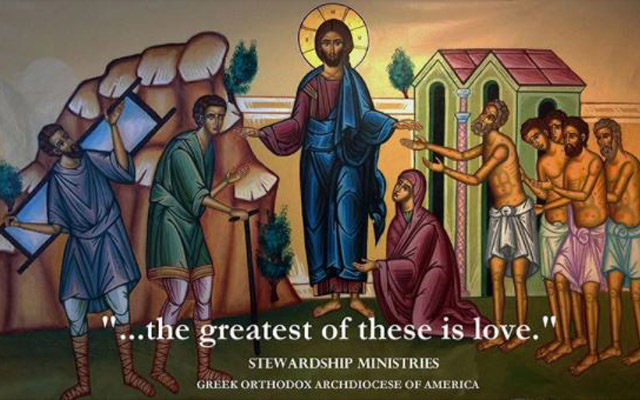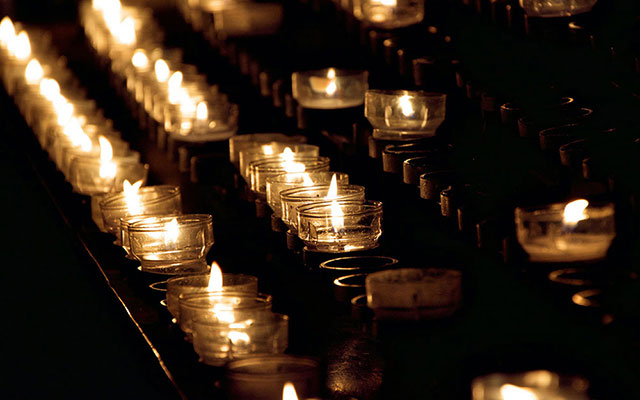Persons in Communion: Singular and plural (Part II)
The idea of a truly trinitarian anthropology is chiefly associated with St Gregory of Nyssa, the most speculative of the Cappadocians. In little tracts dismissed rather hastily by his detractors as works of philology he attacks the ‘erroneous custom’ whereby Man is spoken of in the plural and God in the singular; in both cases personal plurality is quite consistent with unity of essence. We ought to say that in Christ, the new Adam, ‘Man






